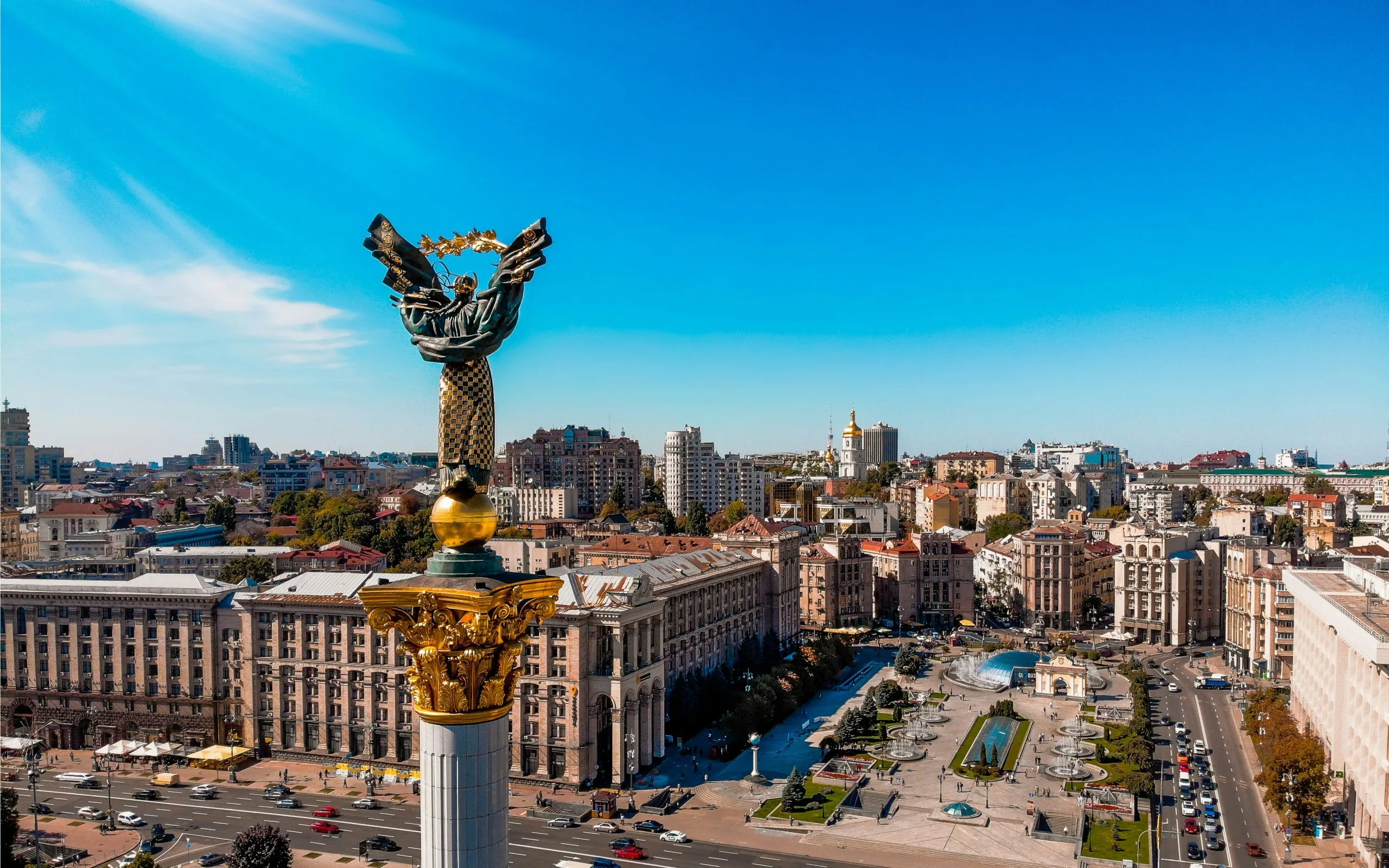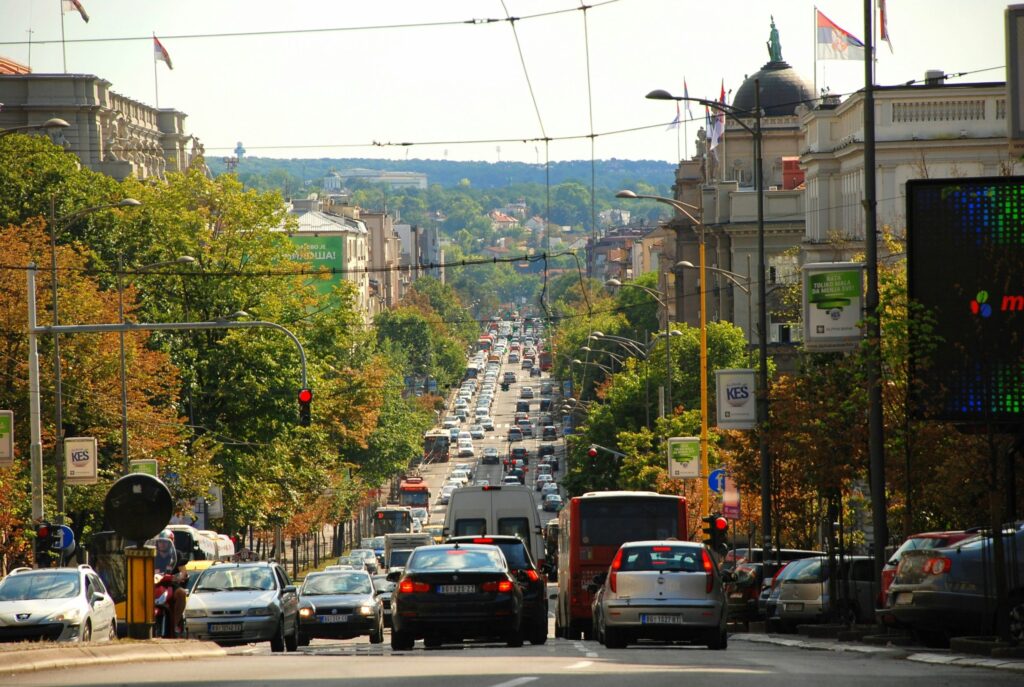So high were the levels of mutual appreciation that framed the visit of Chinese President Xi Jinping to Serbia earlier this month that at times the official narrative appeared to suggest that the Western Balkans country was about to become China’s 24th province.
China’s newspaper of record, the People’s Daily, hailed the “ironclad friendship” between the two countries, while in Belgrade, Politika published a letter from President Xi on its front page that referred to Serbia as, “a land of beauty and legends”, as well as the claim that, “last year, China was Serbia’s largest source of foreign investment and its second largest trading partner”.
While Serbia is unquestionably a “land of beauty and legends”, the second claim is disputable. According to the latest figures by Serbia’s own national investment agency, the countries with the highest stock of FDI in the country are Germany (13.5 per cent), Italy (11.7 per cent), the US (10.9 per cent), and Russia (also 10.9 per cent). China takes only fifth place with 10.5 per cent.
Furthermore, while China is indeed Serbia’s second largest trading partner, it is way behind (at 12.2 per cent), the European Union—which accounts for well over half of all Serbia’s foreign trade.
For both Beijing and Belgrade, the highlight of Xi’s visit—timed to coincide with the 25th anniversary of NATO’s bombing of the Chinese Embassy in the Serbian capital—was the announcement of the implementation of a new free trade agreement that will no doubt deepen the economic and political ties between the two countries.
The free trade deal, however, is not new, having first been agreed last year.
Steady growth
Serbia’s economic growth has been steady if unspectacular in recent years. In 2023, the country’s GDP grew by 2.5 per cent, primarily driven by robust performances in agriculture, construction, and a recovery in the energy sector.
The International Monetary Fund (IMF) projects further acceleration in growth to 3.5 per cent in 2024 and 4.5 per cent in 2025, supported by increases in consumption, investment, and net exports.
As of 2024, Serbia’s nominal GDP is expected to reach 81.69 billion US dollars, with a GDP per capita of 12,357 US dollars—well behind its EU neighbours Croatia 18,570 US dollars and Romania (15,786 US dollars).
Serbia’s inflation rate, which spiked at 12.4 per cent in 2023, is projected to moderate to 5.3 per cent in 2024 and further down to 3.5 per cent in 2025. Unemployment remains a concern, although it has been gradually decreasing, standing at nine per cent in the first quarter of 2024.
Key sectors
Agriculture remains a vital sector, contributing approximately 6.5 per cent to the GDP and employing 14 per cent of the workforce. Serbia’s diverse climate allows for the cultivation of a variety of crops, including maize, wheat, and fruits such as apples, grapes, and berries. The country has also invested in fruit processing industries, producing brandies, jams, and juices.
The industrial sector, accounting for about 23 per cent of GDP, includes significant contributions from automotive, food processing, chemicals, base metals, and machinery manufacturing.
Despite its potential, the sector faces challenges related to modernisation and investment. Industrial production increased by 2.4 per cent in 2023, with manufacturing growing by 0.5 per cent.
Dominating the Serbian economy however is the services sector, which contributes over 52 per cent to GDP and employs 57 per cent of the workforce. The ICT industry is a standout performer, growing rapidly alongside the tourism sector.
Indeed, the ICT sector has been instrumental in the country’s economic growth, with consistent expansion and increasing contributions to the country’s GDP. From 2018 to 2022, the sector’s exports of ICT services steadily increased, reaching 2.9 billion euros in 2022.
This growth is reflected in the rising percentage of ICT exports as a share of GDP, which rose from 2.77 per cent in 2018 to 4.78 per cent in 2022. Similarly, the ICT value added as a percentage of GDP has increased, reaching 5.1 per cent in both 2021 and 2022 from 4.8 per cent in 2018.
In 2023, Serbia welcomed over 2.1 million foreign tourists, marking a 20 per cent increase from the previous year.
Political context
Serbia’s political landscape plays a crucial role in its economic dynamics. As a candidate for European Union membership, Serbia has undertaken significant structural and institutional reforms to align with EU standards.
These reforms have focused on improving governance, enhancing the business environment, and fostering economic stability.
The government has also been active in fiscal management, reducing the general government gross debt from 53.5 per cent of GDP in 2022 to an anticipated 49.6 per cent in 2024. However, Serbia continues to face challenges related to political stability, regional tensions, and the need for further economic diversification.
While EU accession talks continue, its path to membership remains blocked by its failure to agree a final recognition deal with its former province of Kosovo.
The unresolved status of Kosovo deters some investors who seek stability and predictability, essential for further economic growth. The ongoing political tension also diverts resources and attention from crucial economic reforms and development initiatives.
Most importantly, however, Belgrade’s EU accession is contingent on normalising relations with Prishtina, and delays in this process stall access to EU funds, markets, and institutional support, ultimately slowing Serbia’s economic progress and integration into the broader European economy.
Other challenges
Despite the positive growth trends, Serbia faces several challenges beyond the Kosovo dispute. High inflation rates, although moderating, still pose a threat to economic stability. The country also needs to address structural issues in its labour market, improve productivity, and continue modernising its industrial base.
The green transition meanwhile presents both opportunities and challenges. Serbia is focusing on increasing renewable energy capacity, improving energy efficiency, and investing in sustainable infrastructure. These initiatives are expected to contribute to long-term economic resilience and environmental sustainability.
Ultimately, however, Serbia’s economy is on a path of steady growth, supported by diverse sectors, strategic reforms, and increasing foreign investment—albeit some of it from China, which presents its own risks, not the least of which is security.
While challenges—notably Kosovo—remain, Serbia’s relatively proactive approach to reforms and international partnerships positions it well for future development.
The continued focus on structural reforms, the knowledge economy, investment in green and digital transitions, and regional integration will be crucial in shaping Serbia’s economic trajectory in the coming years.
China will undoubtedly have a role to play as long as Serbia’s current president and government remains in office but it would be a mistake to place too much emphasis on Belgrade’s relationship with Beijing. Serbia’s long-term future remains strictly European.







